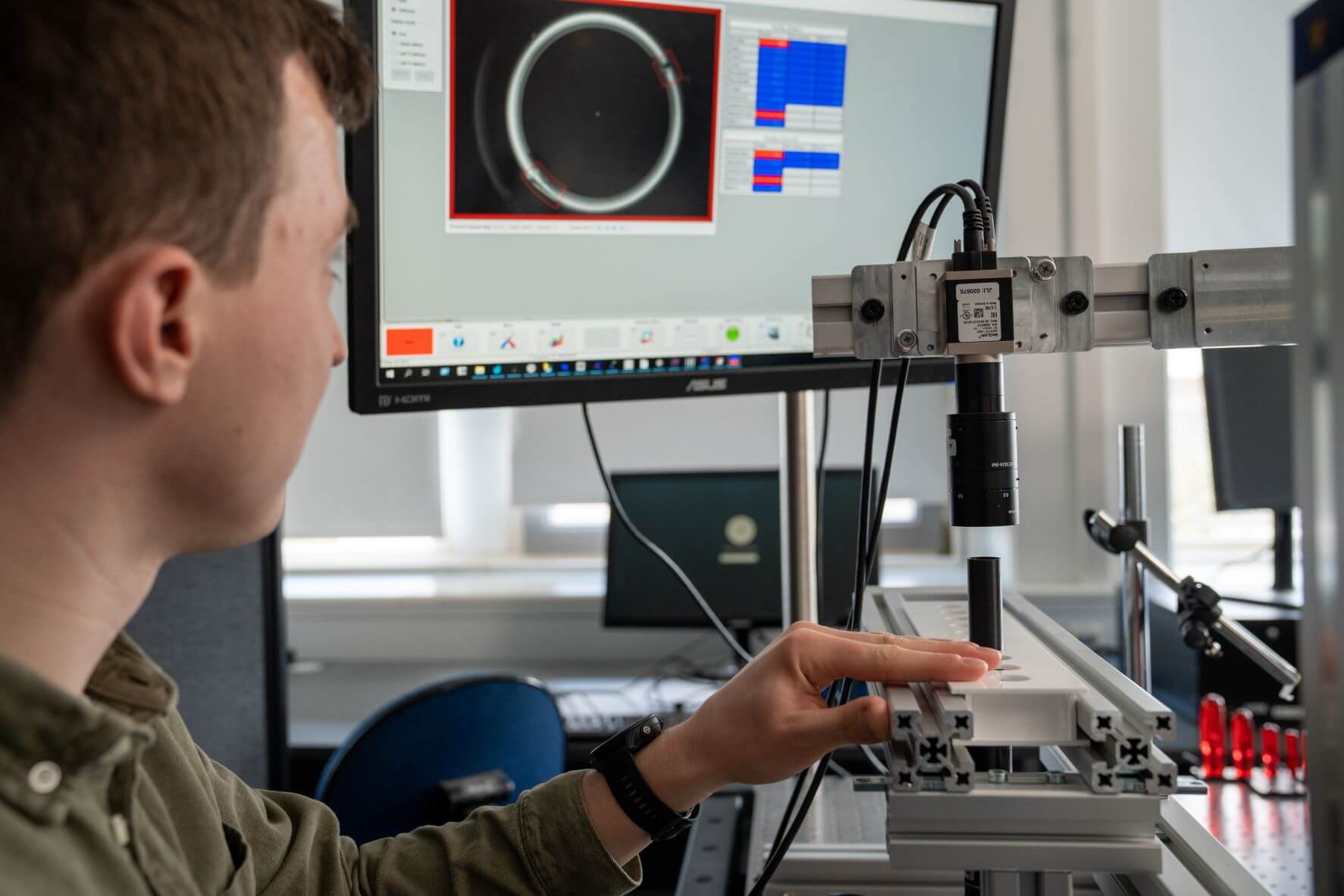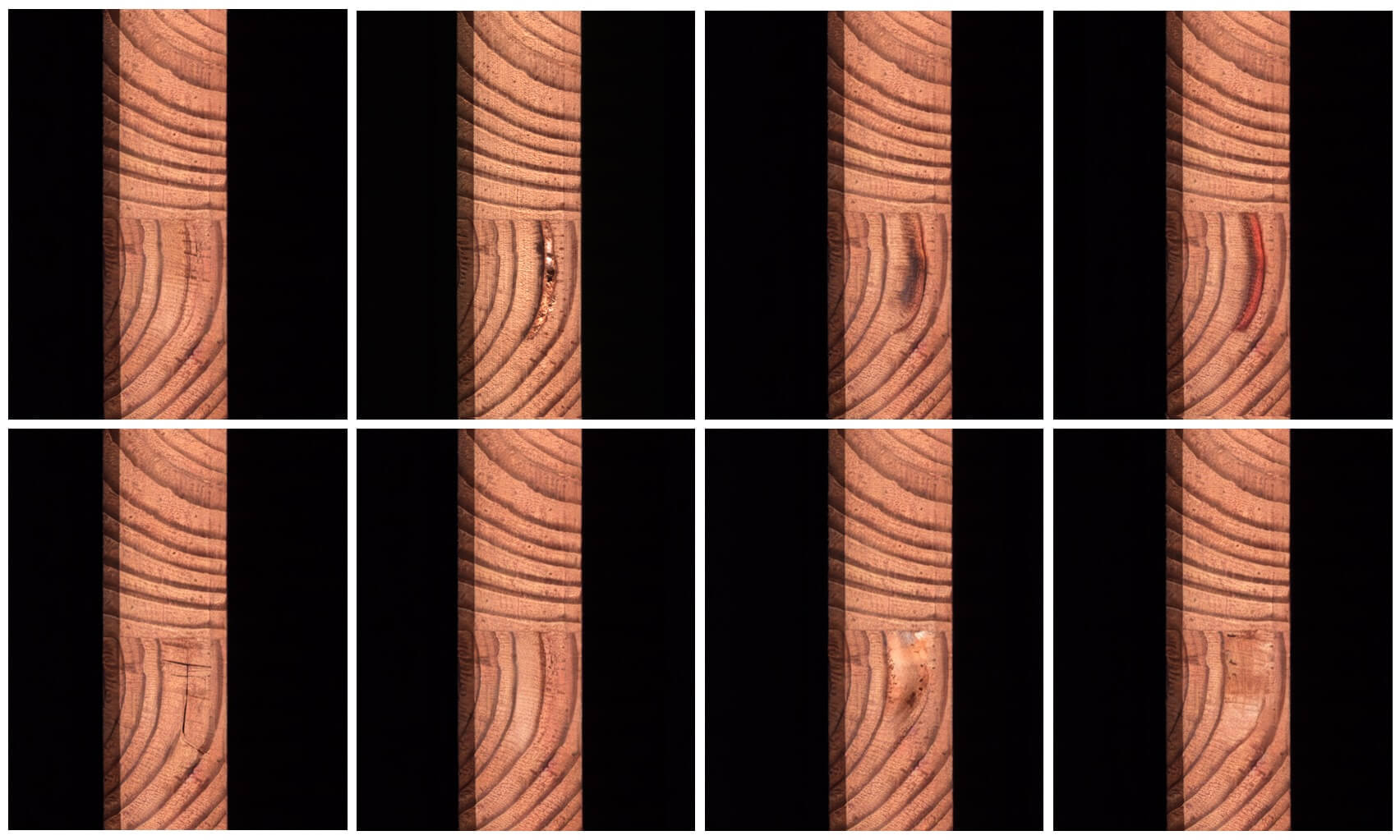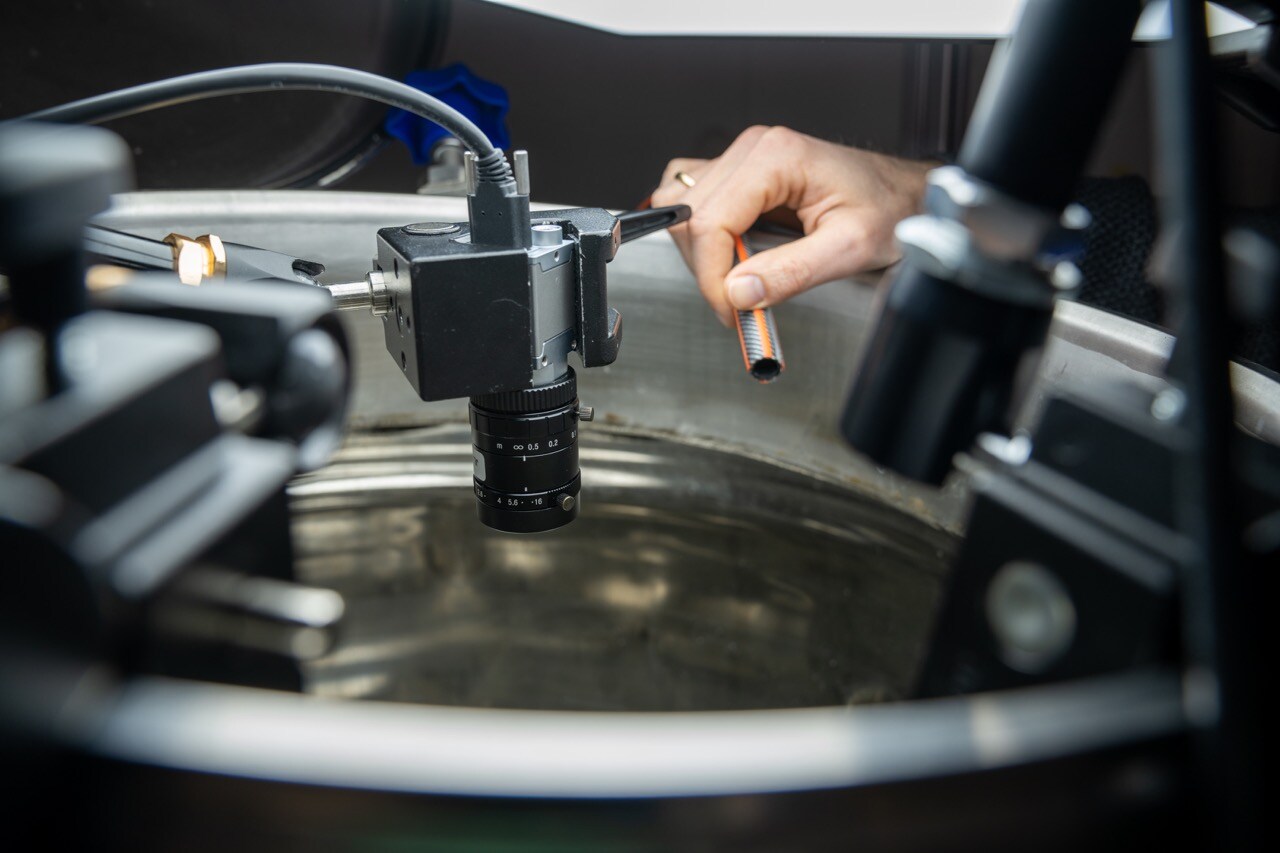In industrial quality control, deciding on the right inspection technology can be challenging. With the advancement of AI in machine vision, it can feel as if the choice stands between traditional machine vision methods on one side and machine learning-powered solutions on the other. However, the right approach might very well lie somewhere in between.
Hybrid Vision, as introduced by JLI vision, marries traditional 2D/3D machine vision with machine learning, and ties the two together with skilled craftsmanship to create a solution that pushes the boundaries of what can be achieved in quality control.
But when is Hybrid Vision the right choice for your quality control project, and when are you better off with a different approach? We’ll look into just that in this blog post.
When is Hybrid Vision the right choice?
Hybrid Vision is particularly valuable for tasks that are too complex for traditional vision systems but too nuanced for machine learning alone to handle effectively. Here’s a look at the kind of challenges where Hybrid Vision opens up to new solutions:
Complex Aesthetics Inspection
Tasks that require a judgment call on whether a product's appearance meets quality standards. Think of inspecting wooden boards for high-quality furniture where the distinction between acceptable and unacceptable knots or resin pockets isn't black and white.
Variable Conditions
In environments where products or components come in various shapes and sizes, or where defects are not consistently the same. Hybrid Vision's capability to pre-process and pinpoint areas for closer inspection before applying ML can significantly streamline the inspection process.
Classification of a large number of different detects
Situations where defects are small and varied, such as in painted surfaces, where you could be tasked with detecting and classifying more than 25 different types of defects. Hybrid Vision can isolate areas of interest to focus the ML’s power where it’s most needed.
When Might You Not Need Hybrid Vision?
Understanding when Hybrid Vision might be overkill is just as important as knowing when it’s the perfect fit. Here are a few scenarios where simpler solutions could suffice:
Straightforward Tasks:
If you're dealing with clear-cut, measurable attributes like size, shape, or specific countable features, traditional machine vision systems are likely all you need.
Low Complexity ML Tasks:
For projects where defects or required inspections are well-defined and limited in scope, a standard machine learning approach might tackle the job efficiently without the need for additional layers Hybrid Vision offers.
Small-scale Operations:
When production is low volume or involves small, varied batches, the effort to train a Hybrid Vision system might not justify the return on investment. The adaptability required for new products might not align well with the initial setup and training time needed for Hybrid Vision.
Ensuring efficient and accurate inspection
Hybrid Vision is a powerful tool in the toolbox of modern industrial quality control, offering a solution where traditional methods and straightforward machine learning don't quite hit the mark. By understanding the specific challenges your production faces and the level of detail required in your inspection processes, you can make an informed decision about whether Hybrid Vision is the right choice for you.
As always, the goal is to ensure that your quality control processes are as efficient, accurate, and cost-effective as possible, ensuring your products meet the high standards your customers expect.




